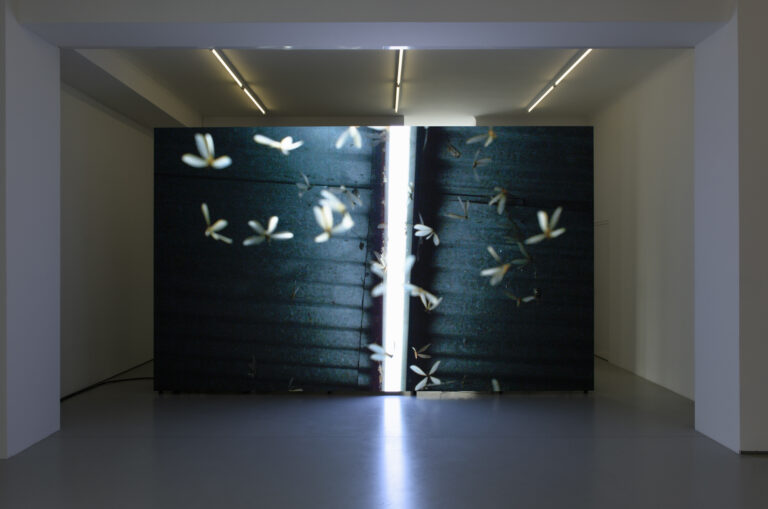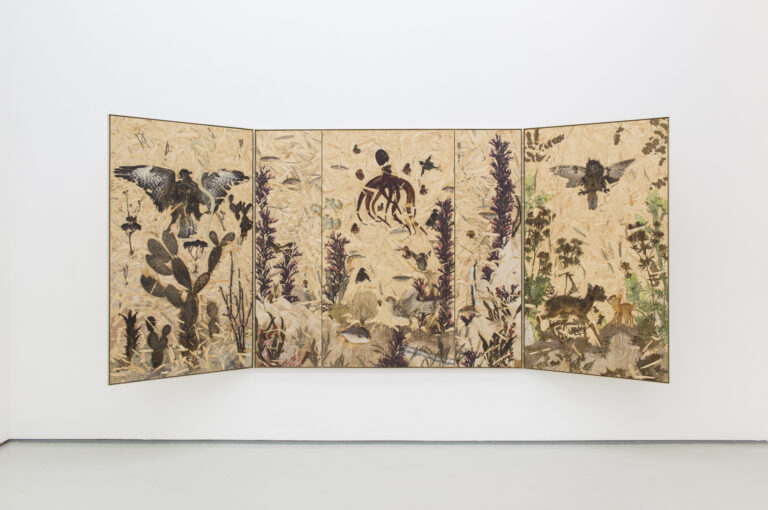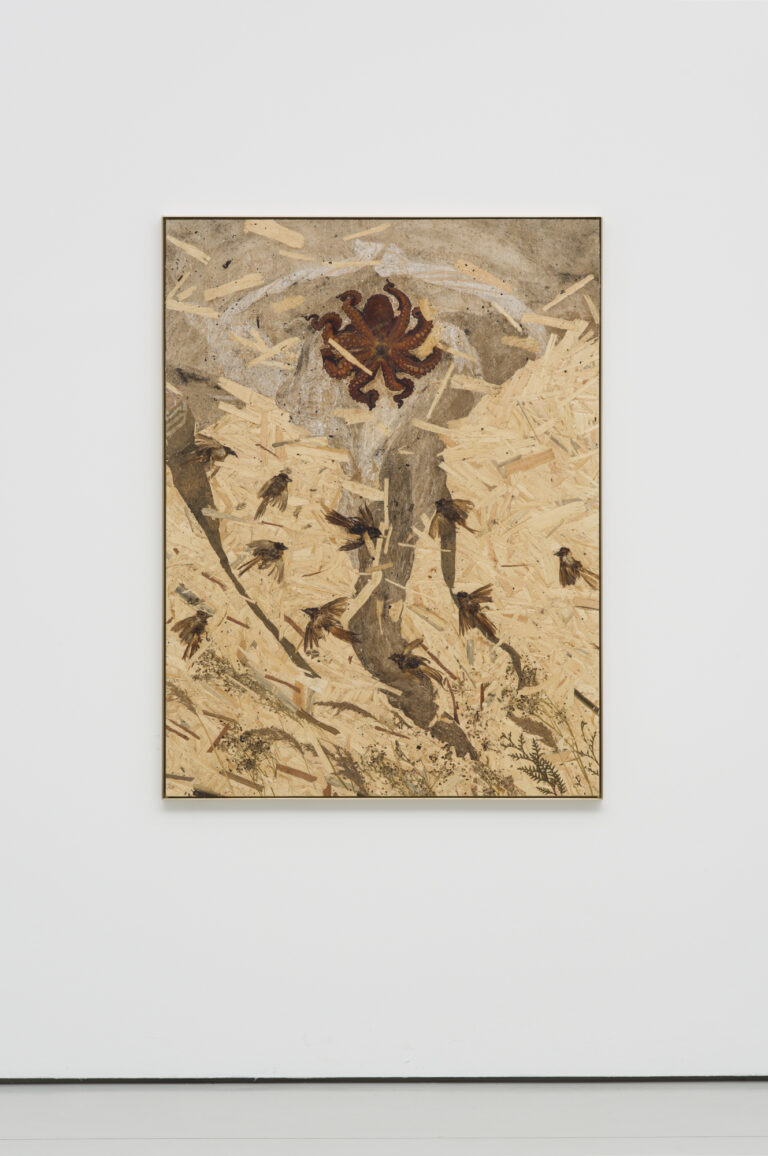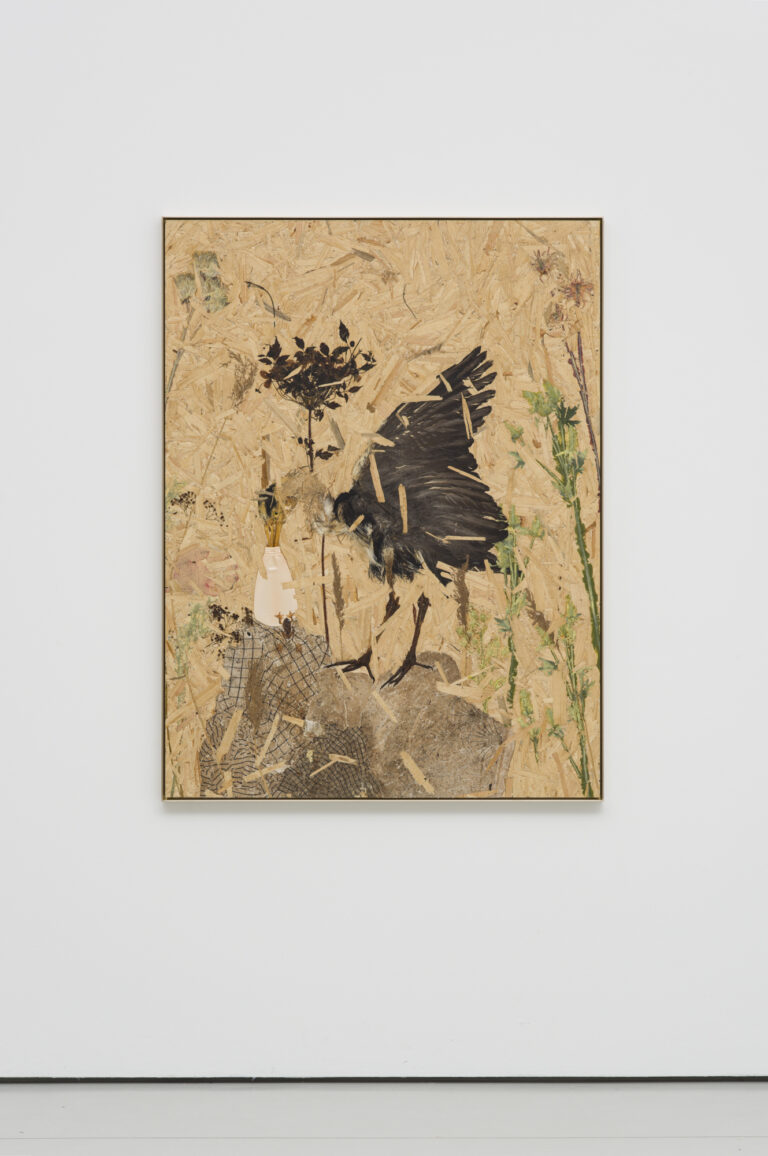Julius von Bismarck
Grenzen der Intelligenzen
Opening – 26 APR 2024, 6-9 pm
The gallery alexander levy is pleased to announce Julius von Bismarck’s exhibition Grenzen der Intelligenzen (Boundaries of Intelligences) on the occasion of Gallery Weekend Berlin.

|
Julius von Bismarck Courtesy of the artist and alexander levy, Berlin |
In his practice, Julius von Bismarck challenges our habits of perceiving and appropriating the world. His works are connected by an in-depth examination of various forms of spatial perception and the resultant constructions of reality, with a particular focus on the concept of nature as a social category. In the form of kinetic sculptures, photographs and video works as well as installations, von Bismarck examines the conceptual separation of humans from their environment. This rupture is manifested by constant labelling and classification, and is accompanied by the exercise of human dominion over one’s immediate natural environment. These processes have by now resulted in catastrophic consequences, thus defying the very assumption of humanity’s sovereignty.

|
Julius von Bismarck Courtesy of the artist and alexander levy, Berlin |
It matters what matters we use to think other matters with; it matters what stories we tell to tell other stories with; it matters what knots knot knots, what thoughts think thoughts, what descriptions describe descriptions, what ties tie ties. It matters what stories make worlds, what worlds make stories.
– Donna Haraway, Staying with the Trouble: Making Kin in the Chthulucene
According to current forecasts, the first models of AGI (Artificial General Intelligence) could be available in a few months to years. These artificial intelligences, which are no longer specialised in just one field will be able to expand their knowledge autonomously and surpass human’s cognitive abilities in many areas. Their emergence marks a turning point in human existence. Does this mark the beginning of a new era of co-operation between humans and other intelligences, in which beings superior to us take over decision-making power, or are we crossing the threshold of a time where last century’s techno-dystopian scenarios are realised?
In the main exhibition room, the video work Grenzen der Intelligenzen (Boundaries of Intelligences) is on view. The fluorescent lamp in the video pulsates and rhythmically radiates its light into the darkened exhibition space. On closer examination, insects can be seen circling it. For millions of years, luminous celestial bodies have served as insects’ main orientation points, this has been disrupted by human intervention in their environment, our use of artificial light makes it impossible for these animals to navigate their habitats. Perpetually flying in circles, they are at the mercy of death by exhaustion. Von Bismarck films their death flights and, in using a slow-motion camera, the artist is also able to make the inherent flickering of fluorescent lamps percepitable to the human eye. The analogous lights in the gallery simulate this deceleration paralleling the underlying question of human navigational ability.
The title for series OOSB is a play on the acronym of Oriented Strand Board, OSB, a cheap building material, and the post-humanist concept of object-orientated ontology, OOO. OOO describes humans, non-humans and immaterial constructs, for instance concepts, as objects that are only partially perceptible due to the limits of perception. The underlying hypothesis that every object has its own reality, independent of humans, allows for a conception of existence in which human supremacy is precarious.

|
Julius von Bismarck Courtesy of the artist and alexander levy, Berlin |
Perhaps it takes facing the inhuman within us before compassion – suffering together with, participating with, feeling with, being moved by – can be lived. How would we feel if it is by way of the inhuman that we come to feel, to care, to respond?
– Karen Barad: On Touching – The Inhuman That Therefore I Am

Julius von Bismarck
Organic Story Board, 2024
Compressed wood strands, taxidermied animals, plants, textiles, plastic bottle and brass frame
145 cm x 108 cm (framed: 147 cm x 111 cm)
Photo: Marcus Schneider
Courtesy of the artist and alexander levy, Berlin
In his OOOSB series, von Bismarck presses animals, plants and vestiges of civilisation into a mass of wood shavings using compression technique. The artist presses worlds in which the history of the material merges with that of the pictorial worlds into the panels. The main work of the series is a large-format triptych reminiscent of Christian altarpieces. However, and unlike their ecclesiastical counterpart, the narratives imbdued into each individual panels though familiar cannot be readily deciphered – fish and birds share habitats.The imagery satisfies a longing for a beautiful landscape and the taxidermied deer becomes a projection surface for a fantasy, as does its plush replica.Instead of biblical iconography, auspicious entities can be found in the centre of the panels; the owl at once a mythological symbol of knowledge and wisdom, and a symbol of death and the underworld, and the octopods, aliens of the seas, through whose tentacles flows an intelligence that is alien to us.
In the continuing flickering light of the fluorescent lamps, where will these imaginary and prophetic narratives lead us to? In view of AGI, Julius von Bismarck creates a space to reflect on the thinking capacity of different species and the possibilities of a multi-species future.
Concurrent to his presentation at alexander levy, Julius von Bismarck will have a solo exhibition at Esther Schipper.
Text by Laura Seidel
Translation by Bárbara Borges de Campos
